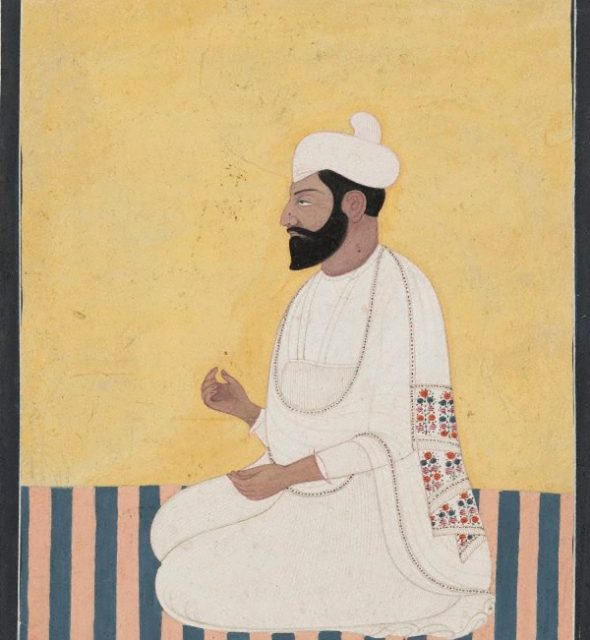
GUJJAR SINGH BHANGI (d. 1788), one of the triumvirate who ruled over Lahore for thirty years before its occupation by Ranjil Singh, was son of a cultivator of very modest means, Nattha Singh. Strong and well built, Gujyar Singh received the vows of the Khalsa at the hands of his maternal grandfather Gurbakhsh Singh Rorarivala, who presented him with a horse and recruited him a member of his band. As Gurbakhsh Singh was growing old, he made Guijar Singh head of his band. Soon the band was united to the force of Hari Singh, head of the Bharigi misi or chief ship. Gujjar Singh set out on a career of conquest and plunder.
- 1
- 2


